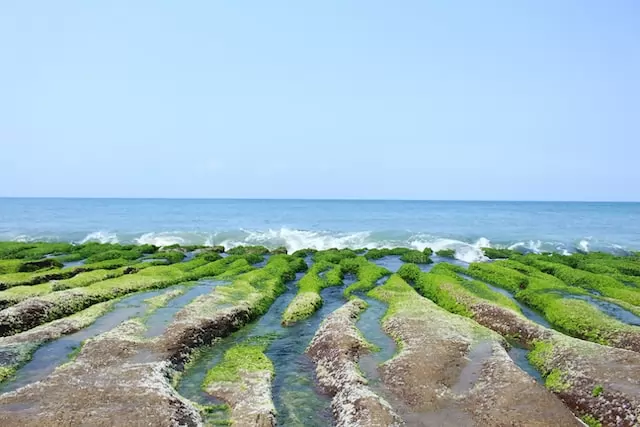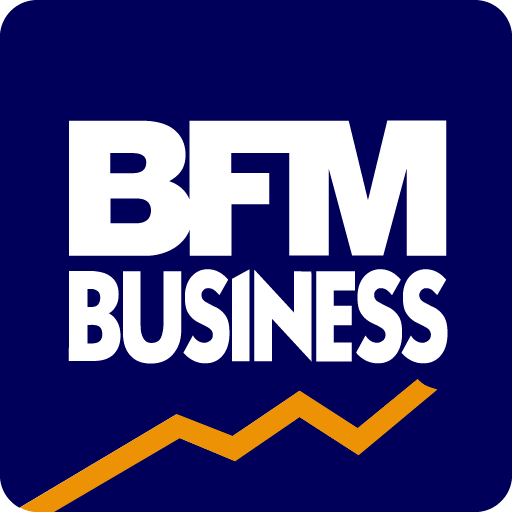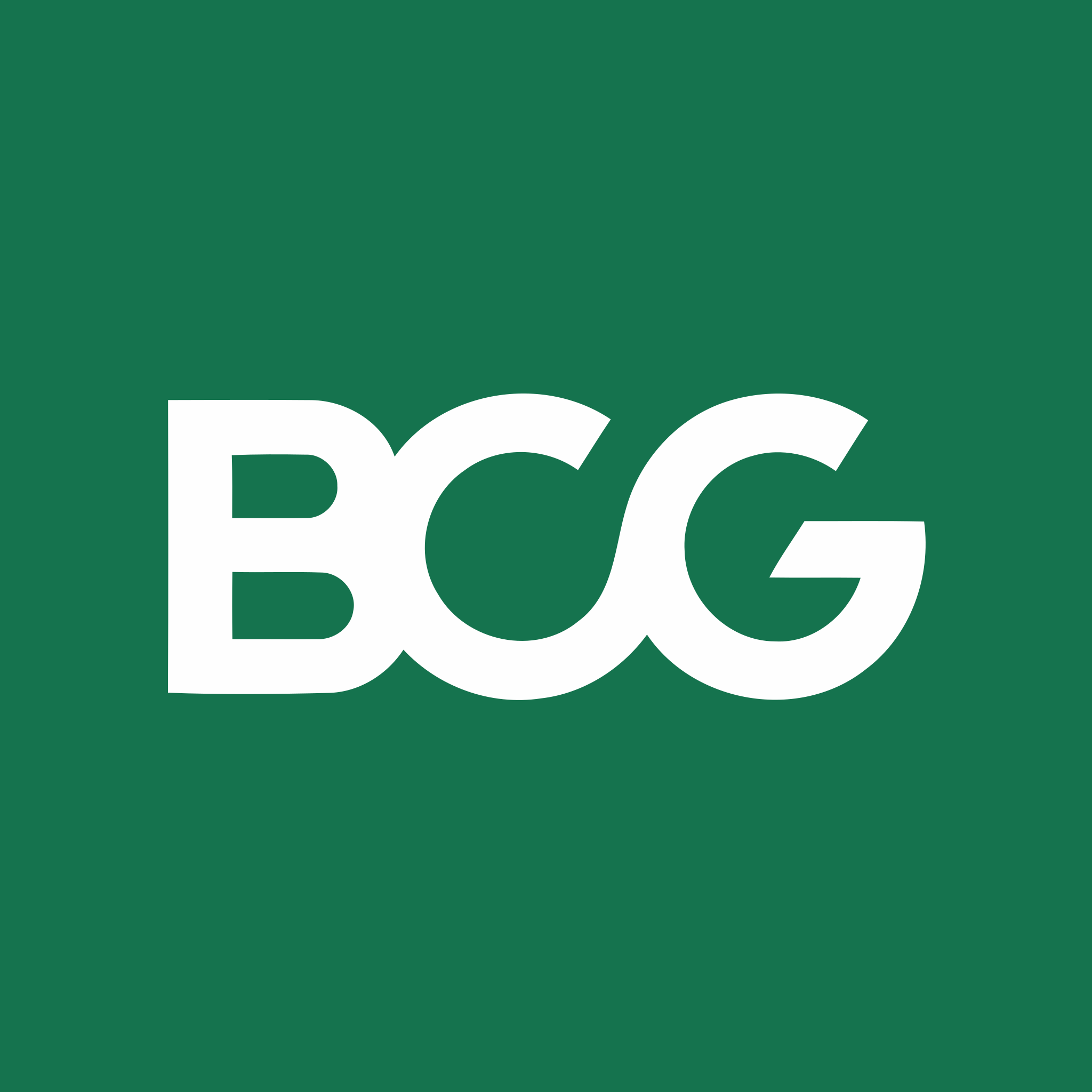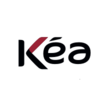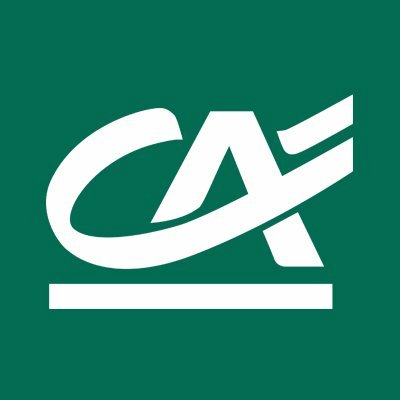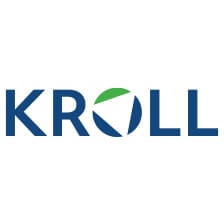Summary of our market study
The French seaweed processing industry is estimated at over €125 million.
The global seaweed market, estimated at $800m, is expected to grow at an average annual rate of 7%.
Asia dominates production with over 90%, while Europe contributes only 1%.
France is Europe's second-largest producer, with around 70,000 tonnes a year.
Trends in the French seaweed market
Seaweed has a high protein content, averaging around 20% and reaching up to 70% in certain varieties such as spirulina.
Seaweed has a wide range of applications in food, cosmetics, pharmaceuticals and biofuels.
Seaweed-based products are no longer confined to traditional Asian cuisines, but are also being incorporated into Western products such as tartars and infused oils.
Many preparations incorporating seaweed are aimed at flexatians and vegans. Some 24% of the country's population, i.e. between 15 and 20 million people, follow a flexitarian diet, and almost a million of them opt for a meat-free diet.
Seaweed is often used in the composition of dietary supplements, with consumption growing by almost 40% between 2017 and 2021.
While wild seaweed cultivation predominates, France aims to support seaweed farming through its 2022-2027 aquaculture plan, with the intention of tripling production by 2027.
The cost of cultivated algae remains high, almost 100 times higher than that of wild algae.
Seaweed market players
- Cyanotech
Specializing in the cultivation and production of microalgae for food supplements, Cyanotech has positioned itself as a leader in spirulina- and astaxanthin-based products.
- Far East Microalga Industry
With its expertise in microalgae cultivation, Far East Microalga Industry meets the growing demand for dietary supplements.
- Algenol Biotech
Algenol Biotech explores the potential of algae not only as a food source, but also as a sustainable biofuel.
- Euglena Co
Euglena Co. has made a name for itself as a biotech company specializing in the production of Euglena, a microalgae with potential for both the health food industry and the renewable biofuels sector.
- Cargill
Cargill has integrated seaweed into its extensive portfolio. It offers a range of hydrocolloid products derived from seaweed that are used in food, pharmaceutical and industrial applications, demonstrating the versatility of seaweed uses.
- Roquette
A pioneer in plant-derived ingredients, Roquette has entered the field of seaweed for applications in health, nutrition and cosmetics.
- Sun Chlorella
Sun Chlorella, which focuses on chlorella, a nutrient-rich microalgae, has made considerable progress in offering top-quality dietary supplements.
- Cellana Cellana,
The company has embarked on the production of renewable fuels, animal feed and omega-3 nutritional oils from microalgae.
to understand this market
Detailed content of our market study
 Inforamtion
Inforamtion
- Number of pages : 35 pages
- Format : Digital and PDF versions
- Last update :
 Summary and extracts
Summary and extracts
1 Market overview
1.1 Definition and scope of study
Consumed for centuries in Asia, seaweed is gradually making its way into the European diet. In terms of volume, 74% of seaweed consumption is for human consumption, but it is also used in the cosmetics and pharmaceutical industries, and more marginally as a biofuel. Macroalgae (with sea lettuce in first place) make up the majority of the market, followed by microalgae used increasingly as dietary supplements (spirulina, chlorella).
The seaweed market is booming, particularly in countries previously reluctant to consume this type of food, with growth set to continue at 6.9% per year until 2030. Production is still largely in Asia (over 90% of world production, compared with 1% in Europe).
Although France is the 2nd largest producer in Europe after Norway, it remains a small consumer, mainly of micro-algae as a food supplement. Microalgae production is supported by a number of leading companies in the sector in Europe: Algae, whose sales have increased 4-fold over the last decade; AlgaWell and GreenSea, as well as more local companies (Bord à Bord and Marinoë in Brittany).
The trend is upward for this still-under-exploited foodstuff, thanks to its therapeutic benefits (notably for cardiovascular disease) and its advantages for vegetarian and vegan diets. Seaweed is rich in protein and low in calories (around 20% protein on average, and up to 70% in the case of spirulina), making up for the intake normally provided by foods of animal origin.
1.2 The global algae market
The global seaweed market was worth $*** million in ****, for ** million tonnes of harvested seaweed, and is expected to grow at an average annual rate of *.*% to reach $*,***.* million in **** .[***].
Growth of the global algae market over the period ****-**** (***) World, ****-****, in millions of dollars
The vast majority of algae production takes place in Asia, with China and Indonesia contributing **% of non-EU production, while the European Union accounts for just *.**%[***].
One of the main reasons for the growing demand for seaweed worldwide is the desire for a more environmentally sustainable lifestyle. The cultivation of seaweed enables us to meet this need through the various uses to which it can be put: protein-rich food, packaging to replace plastic, biofuel production, cosmetics, agricultural fertilizers, etc.
By ****, food and beverage uses will be the most predominant, followed by dietary supplements and pharmaceuticals, then cosmetics and personal care products.
In addition to this segmentation by application, the algae market can be segmented by type (***).
The most important companies in this global market are : Cyanotech, Far East Microalga Industry, Algenol Biotech, Euglena Co, Cargill, Pond Tech, Algae Health Science, Parry Neutraceuticals, Seagrass Tech Private Limited, Manta Biofuel, Cellana, DSM, DIC, Roquette, Sun Chlorella, ...
1.3 The national seaweed market
With a production of around **,*** to **,*** tonnes of seaweed per year, France is the seventh largest seaweed producer in the world, and the second largest seaweed producer in Europe behind Norway (***). This makes France the leading producer of seaweed in the European Union. [***].
In France, more than **% of seaweed cultivation takes place in wild seaweed beds (***) and is limited by technological and regulatory constraints.
The sales (***)[***].
Seaweed sales **** = **∗**,*** + *,***∗*** = €*,***,***
We can therefore estimate seaweed sales at €*,***,*** per year on the upstream market (***).
**% of seaweed production is concentrated in Brittany. The Molène archipelago (***) alone supplies **% of the French harvest.
In the Brest region in ****, over **,*** tons of wild harvested seaweed generated direct sales of *.* million euros and *** million euros for the seaweed processing industry[***].
France is presented as a leader in this niche, high value-added processing activity (***).
In France, two-thirds of harvested seaweed is used for food and feed, while the remaining third is used mainly in cosmetics and pharmaceuticals[***].
1.4 Over-reliance on imports
Imported seaweed can be divided into two customs code categories: code ****** for seaweed suitable for human consumption, and code ****** for seaweed unsuitable for human consumption, i.e. intended solely for the processing industry.
From this, we can use the UN Comtrade database to observe France's trade balance in this sector.
In ****, France imported **,*** tonnes of seaweed (***), so its trade balance in this sector is largely negative.
In ****, France imported *** tonnes of edible seaweed. The *st importer was China (***)
France's top ten importers of edible seaweed in **** (***)
In ****, France exported *,*** tonnes of edible seaweed. France's main customer was Italy (***).
France's top ten seaweed exporters in **** Seaweed imports, France, ****, in tons Source: ****
Here are the ten countries from which French non-food seaweed was purchased in ****. France imported **,*** tonnes of non-food algae in ****.
The ten countries to which France exported the most edible seaweed in **** (***)
If we now turn our attention to France's non-food seaweed exports (***). Top ten countries importing non-food seaweed to France in **** (***)
2 Demand analysis
2.1 Strong demand from processing industries
**% of gelling and thickening agents on the market are seaweed-based: **% carrageenans, **% agars and **% alginates[***]. They are marketed as food additives: E***, E*** and E*** respectively, and are used both in the food industry (***).
Three seaweed extracts make up **% of the epai
The use of seaweed in the Frenchcosmetics industry is a world-renowned specialty, with high value-added uses: a small quantity of algae is required to obtain concentrated active ingredients such as vitamins A and B**, and magnesium with moisturizing properties, after biorefining.
In the agricultural industry, algae have been used for several decades as fertilizers and bio-stimulants to improve the quality of farmland (***). This agricultural use is tending to expand with the emergence of organic farming and restrictions on the use of phytosanitary products. ** companies market seaweed-based bio-stimulants.
Seaweed is also used in animal feed for livestock and pets, but this sector is not very profitable due to the high cost of the seaweed drying and crushing process.
In France, two-thirds of the volume is destined for human consumption, while the remaining third is used almost exclusively by the cosmetics and pharmaceutical industries.
2.2 Protein-rich plants for the diet
Feeding a growing population with limited space is one of the most important challenges of the coming decades. The oceans, which make up **% of our planet, appear to be one of the ways of meeting the growing demand for food, whereas today only *% of our food comes from them. [***]
The consumption of seaweed as a foodstuff also makes it possible to adapt to the rise of vegetarian and flexitarian diets. In France in ****, ** million people will have a flexitarian diet (***). [***]
Distribution of diets in France in **** (***) France, ****, in % of population Source: ****
Seaweed is emerging as a means of meeting the growing demand for non-meat diets, thanks to its protein content and ecological advantage over soy crops, which require a great deal of land resources (***). Spirulina, for example, is the food with the highest protein concentration , with ** grams of protein per *** grams of spirulina. By way of comparison, soya beans, widely used today as a substitute for meat products, contain just ** grams of protein per *** grams of beans[***].
Comparison of the protein content of certain foods Per *** grams, in grams
The growth of the dietary supplements market and the incorporation of nutrient-rich seaweed into these is also driving demand for seaweed. Between ...
2.3 Seaweed in cosmetics and pharmaceuticals: a niche market.
Seaweed is used in many ways in the cosmetics and pharmaceutical industries: as excipients, active ingredients and additives.
In France, ** types of algae are authorized for cosmetic use[***]. Although the incorporation of algae in this industry has been going on since the ****s, companies' quest for innovation in order to stand out from the crowd could drive demand for algae in this sector.
Demand for the extraction of active ingredients for cosmetics comes from both French (***).
Seaweed-based cosmetics could also grow as a result of stronger consumer demand for products of natural origin. In fact,the natural cosmetics market will be worth over a billion euros in ****, and is expected to grow by *% a year until ****. [***]
Sales trends for natural cosmetics in France between **** and **** (***) France, ****-****, in billions of euros Source: ****
Seaweed-based cosmetics are also used in thalassotherapy. The aim of algotherapy is to relax and detoxify the body. Treatments include wraps (***) and seaweed-infused baths. In ****, **% of **-** year-olds say they are interested in thalassotherapy[***]
In the pharmaceutical and medical industries, algae are already used as external and gastric dressings, vermifuges and laxatives. Studies currently underway could lead to the wider use of algae to treat neurodegenerative diseases and certain ...
3 Market structure
3.1 Structuring the seaweed industry
Below is a simplified value chain for the French algae market:
Source: ****
Seaweed is produced from wild seaweed or by seaweed farming. In the first case, seaweed is harvested offshore by boat or on the shore at low tide. Wild cultivation is the preferred method in France, due to the wealth of algae naturally present on our coasts.
Macro-algae can be eaten raw, fresh or dried at low temperature. In this case, they are mainly sold in local grocery stores and organic stores. Alternatively, the vast majority of macro-algae and micro-algae are processed by bio-refining to extract high value-added compounds that can be used in the food industry (***), as food supplements or in cosmetics.
An annual contract is signed between seaweed producers and primary processing plants, covering tonnage, quality and harvesting schedule.
The final consumer is either an individual customer or a company (***).
3.2 Mostly wild seaweed production
Of the just over **,*** tonnes of algae produced annually in France, almost all come from wild seaweed cultivation, with seaweed farming accounting for just *** tonnes by ****. Let's take a look at the specific characteristics of each[***].
Breakdown of seaweed production by cultivation method in France (***) France, ****, in Source: wild cultivation:
Wild cultivation mainly concerns macro-algae, and is concentrated in Brittany, more specifically in Finistère. **% of wild cultivation is carried out by boats, called goémoniers, and mainly harvests brown seaweed(***)[***]. The rest is harvested on the shore during low tide.
Seaweed harvested from ships in Brest between **** and **** (***)
Seaweed farming:
seaweed farming mainly concerns micro-algae (***), * tonnes of other micro-algae species and *** tonnes of macro-algae. Sales of the upstream market and spirulina processing alone will represent *.* million euros in ****. [***]
Breakdown of algae produced by seaweed farming in France in **** (***) France, ****, in Source: ****
In ****, this production will be distributed among *** algae farming companies, with a total of *** full-time jobs (***). In recent years, the number of companies growing spirulina has been on the rise: *** in **** compared with *** companies in ****, boosting spirulina production by **%. Over the same period, algae production fell by **.*% and micro-algae by *. *%[***].
Although algal farming is not the preferred production method ...
3.3 Algae distribution
There are several online sites specializing in the distribution of edible seaweed. They are sold in their pure processed forms (***).
Here are a few examples of specialized online sites: Algues-Alimentaires, Neptune éléments, Algues armoriques et Le quotidien au naturel, Pourdebon, La Paysanne Des Mers.
All these specialized sites emphasize the local origin of products. Le quotidien au naturel is the only site to offer fresh seaweed via Chronofresh delivery, which is more expensive than conventional delivery.
As far as supermarkets are concerned, seaweed-based products can be found at Carrefour, Auchan and Monoprix, either inJapanese-inspired form (***), as well as in spirulina-based dietary supplements. Monoprix is the only one of these three supermarkets to market two seaweed-based products under its "Monoprix Gourmet" brand, while the others market products under other brands.
Seaweed-based cosmetics and hygiene products (***), atelier des algues and Edulis, or on the online sites of cosmetics brands in auestion or Parapharmacie.
There are many cosmetics brands selling such products. They are either specialized in natural seaweed-based cosmetics (***).
We can summarize the main distribution channels in the table below:
4 Offer analysis
4.1 Cultured seaweed is a hundred times more expensive than wild seaweed
In ****, the price of cultivated seaweed will be a hundred times higher than that of wild seaweed: *,*** euros per tonne of cultivated seaweed versus ** euros per tonne of wild seaweed [***].
Difference in seaweed prices according to harvesting methods (***) France, ****, in euros Source: ****
This price difference is explained by a growing demand for seaweed that cannot be met by wild harvesting: availability of the desired species and limited stock. In addition, the price of cultivated seaweed has risen between **** and ****, from *,*** euros per tonne to *,*** euros, due to the drop in imports caused by the Covid** crisis.
Finally, wild harvesting is an ancestral technique that has seen technological advances in recent years (***). Seaweed farming is a new practice that needs to be industrialized to reduce costs.
4.2 Seaweed in all its forms
The range of edible algae
The most widespread types of seaweed for food consumption in raw form are : Wakame, Nori, Sea Spaghetti, Royal Kombu, Dulce, Sea Lettuce. These are all macro-algae.
The edible seaweeds we find most frequently in supermarkets are dehydrated leaves (***), seaweed tartars and spirulina powder.
We're going to compare the prices of a few key products between those displayed on specialist sites and those of supermarkets.
Seaweed in cosmetics
Seaweed is used in cosmetics for its purifying properties on the skin. They can be found in cleansing products (***) or in anti-acne creams. Seaweed is also recognized for its skin-moisturizing properties, and is used in moisturizing creams for body and face.
4.3 Seaweed at the heart of innovation
Innovations in food
In October ****, start-up Zalg won the SIAL Paris innovation prize for its pan-fried seaweed, marking its ambition to "put seaweed at the heart of the plate", until then marketed mainly as condiments (***). Algama, which raised ** million euros in January ****[***].
In April ****, Edonia, a French startup founded in ****, raised * million euros to accelerate the development of its innovative technology. Edonia aims to transform microalgae into a sustainable alternative to meat.
Other innovations
In addition to their use in food products, algae can also replace plastic in the manufacture of packaging of all kinds (***) willing to pay *% to *% more for their packaging[***]. Eranova is counting on its industrialization to become more competitive.
Alongside it are Algopack, which produces seaweed-based cups and pens, for example, and CoffeeB, which wraps coffee capsules in a thin layer of biodegradable seaweed.
For researchers at Ifremer in Nantes, the algae Skeletonema Marinoi, found in the Atlantic Ocean, could revolutionize the treatment of acne. Already used since **** in the treatment of certain cancers[***].
5 Regulations
5.1 Current regulations
French regulations on algae production cover :
Authorized seaweed species The quality of the water in which the algae are grown (***)
Currently, ** types of algae are authorized for human consumption (***) No. ***/** of the European Parliament and of the Council [***]. Other algae are only authorized for use in food supplements.
The list of the ** types of algae that may be consumed by humans in **** is shown below:
Source: ****
The application to open up the market to a new type of algae is made at European level by submitting a Novel Food dossier, which can be long and costly to complete. [***]
Fertilizer substitutes, biostimulants for animals and plants, and cosmetic products are subject to amarketing authorization (***) application as usual, i.e. without the use of algae in their compositions.
5.2 France bets on algoculture
France is adopting a national strategy to encourage the development of seaweed farming over the period ****-**** through its Aquaculture Plan ****-****. The goal is to triple algae production by ****. [***].
The main stages of this plan are
Administrative simplification Drafting sanitary standards Supporting Research & Innovation in the sector Promoting the economic development of the aquaculture sector Promoting and communicating on the aquaculture sector to improve its image Improve training and the attractiveness of jobs in this sector Improve environmental performance and enhance the value of the sector Collect and enhance data on the industry
6 Positioning the players
6.1 Positioning the players
We can segment the players in the seaweed market into producers and processors, according to the following non-exhaustive list:
- Technature
- L'Oréal Groupe
- Estée Lauder
- Olmix
- Biocean
- JRS Marine Products
- Algaia (JRS group)
- Algama
- Eranova
- Algopack
- Cyanotech
- AlgaWell
- Gilbert Groupe
- Lessonia
- France Haliotis
- Vinpai
- Inalve
- Zalg
All our studies are available online in PDF format
Take a look at an example of our research on another market!
 Choosing this study means :
Choosing this study means :
Access to more than 35 hours of work
Our studies are the result of over 35 hours of research and analysis. Using our studies allows you to devote more time and added value to your projects.
Benefit from 6 years' experience and over 1,500 industry reports already produced
Our expertise enables us to produce comprehensive studies in all sectors, including niche and emerging markets.
Our know-how and methodology enable us to produce reports that offer unique value for money.
Access to several thousand articles and paid-for data
Businesscoot has access to all the paid economic press as well as exclusive databases to carry out its market research (over 30,000 articles and private sources).
To enhance our research, our analysts also use web indicators (semrush, trends, etc.) to identify market trends and company strategies. (Consult our paying sources)
Guaranteed support after your purchase
A team dedicated to after-sales service, to guarantee you a high level of satisfaction. +44 238 097 0676
A digital format designed for our users
Not only do you have access to a PDF, but also to a digital version designed for our customers. This version gives you access to sources, data in Excel format and graphics. The content of the study can therefore be easily retrieved and adapted for your specific needs.
 Our offers :
Our offers :
The seaweed market | France
- What are the figures on the size and growth of the market?
- What is driving the growth of the market and its evolution?
- What is the positioning of companies in the value chain?
- Data from several dozen databases
Pack 5 études (-25%) France
- 5 études au prix de 74 €HT par étude à choisir parmi nos 1200 titres sur le catalogue
- Conservez -25% sur les études supplémentaires achetées
- Choisissez le remboursement des crédits non consommés au terme des 12 mois (durée du pack)
Consultez notre catalogue d’études sectorielles
